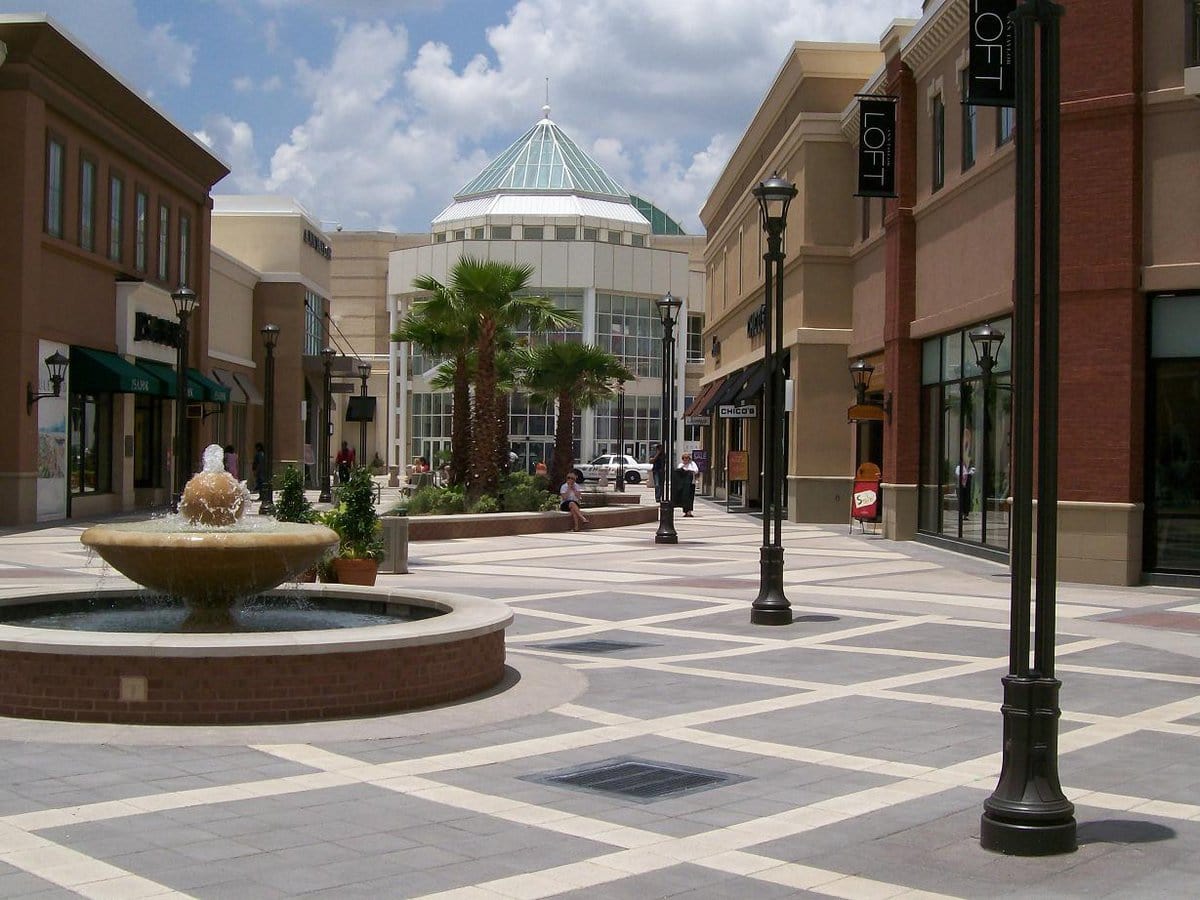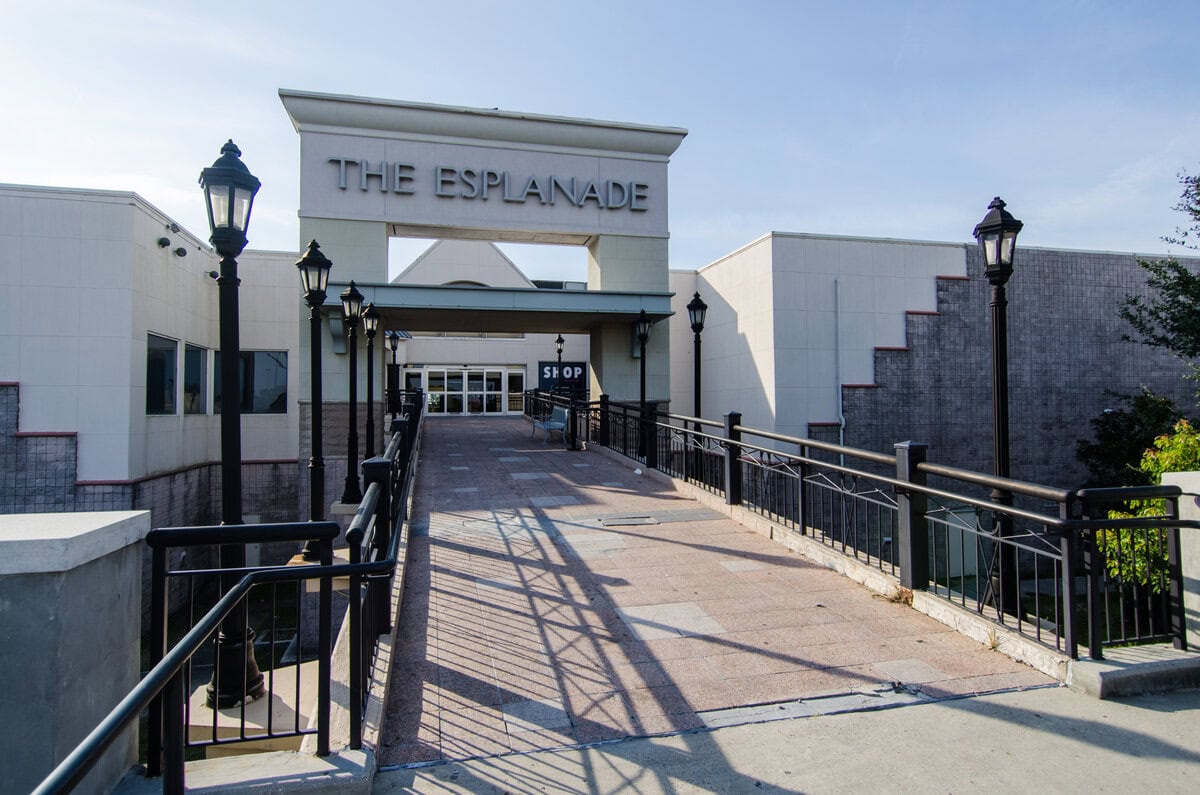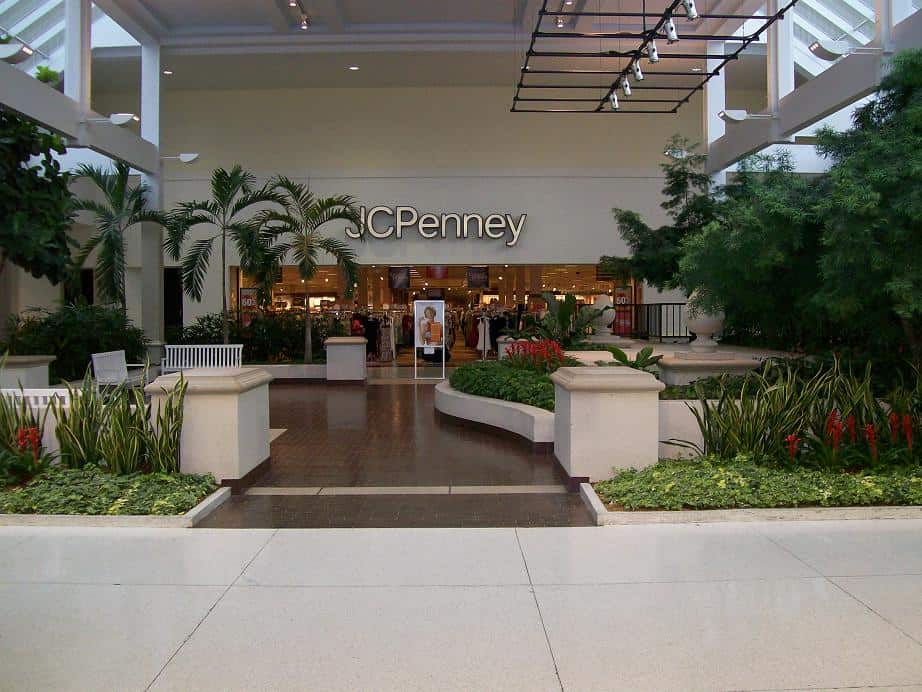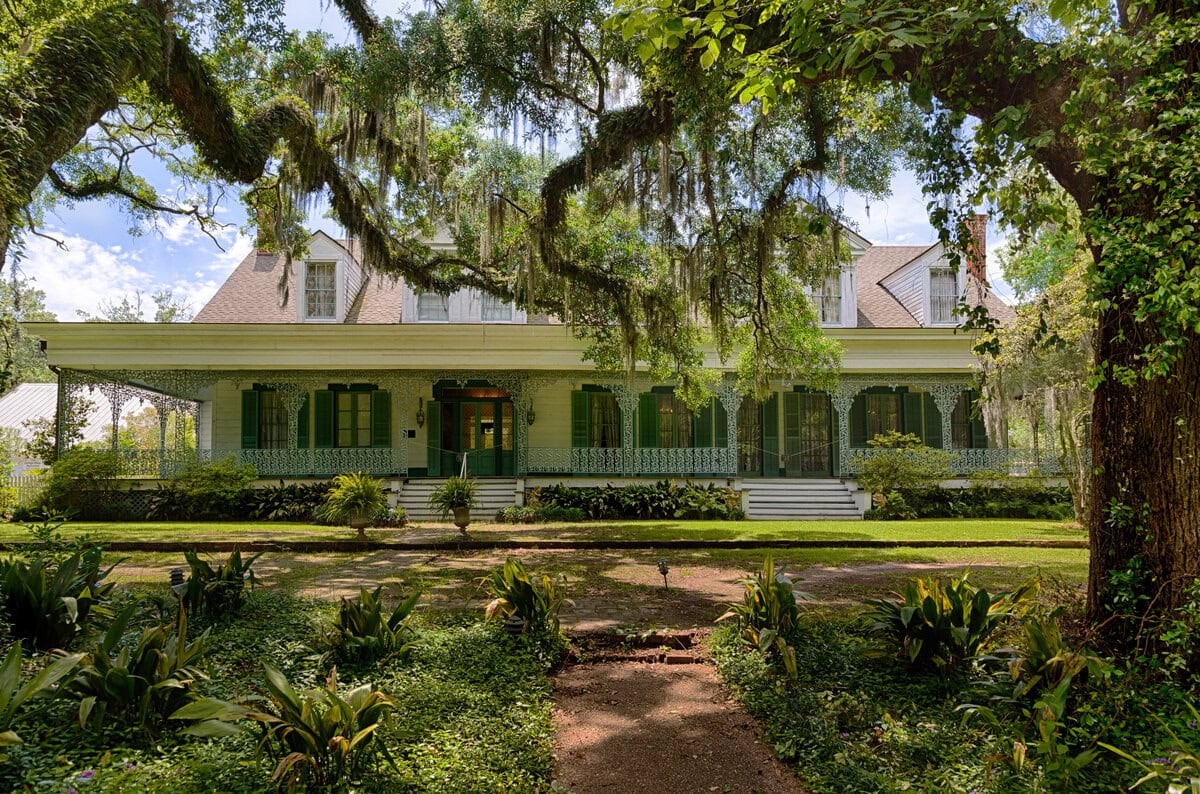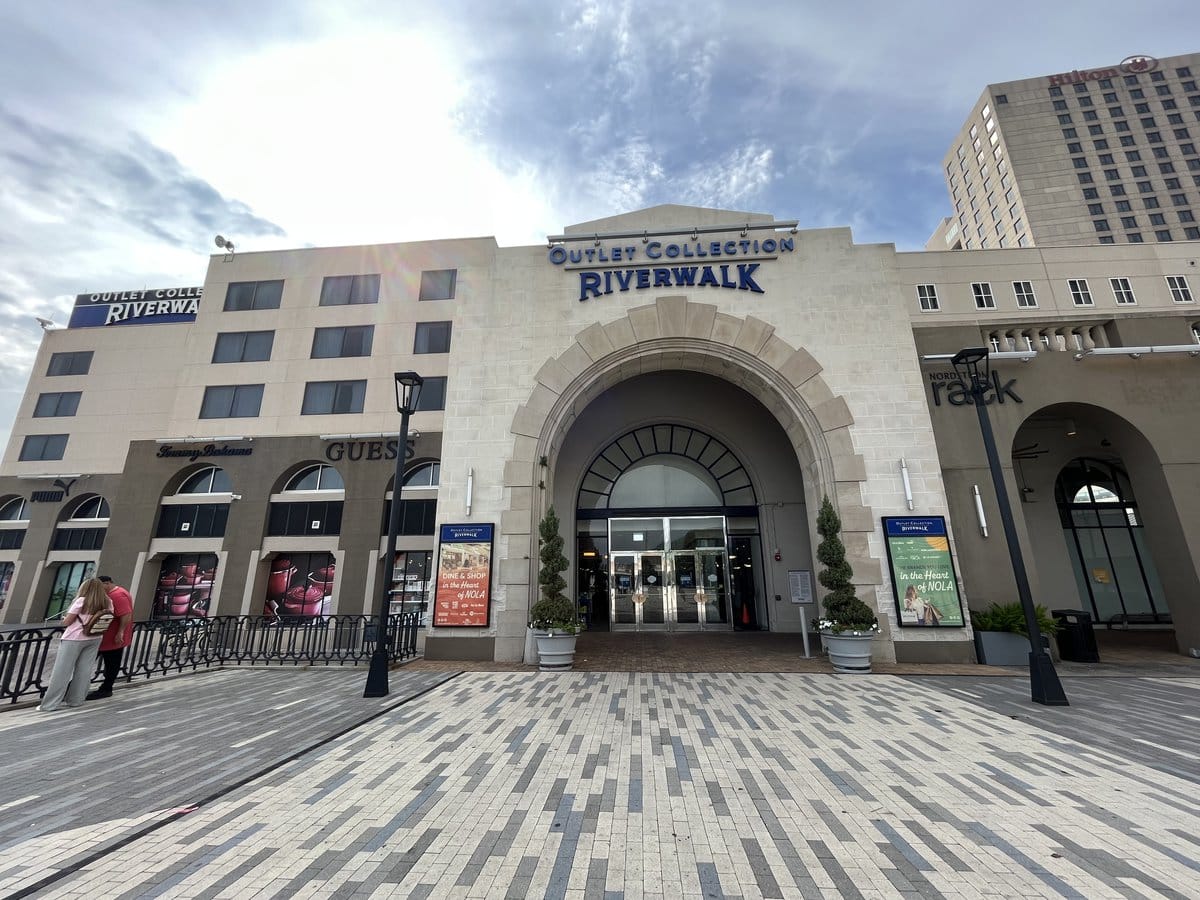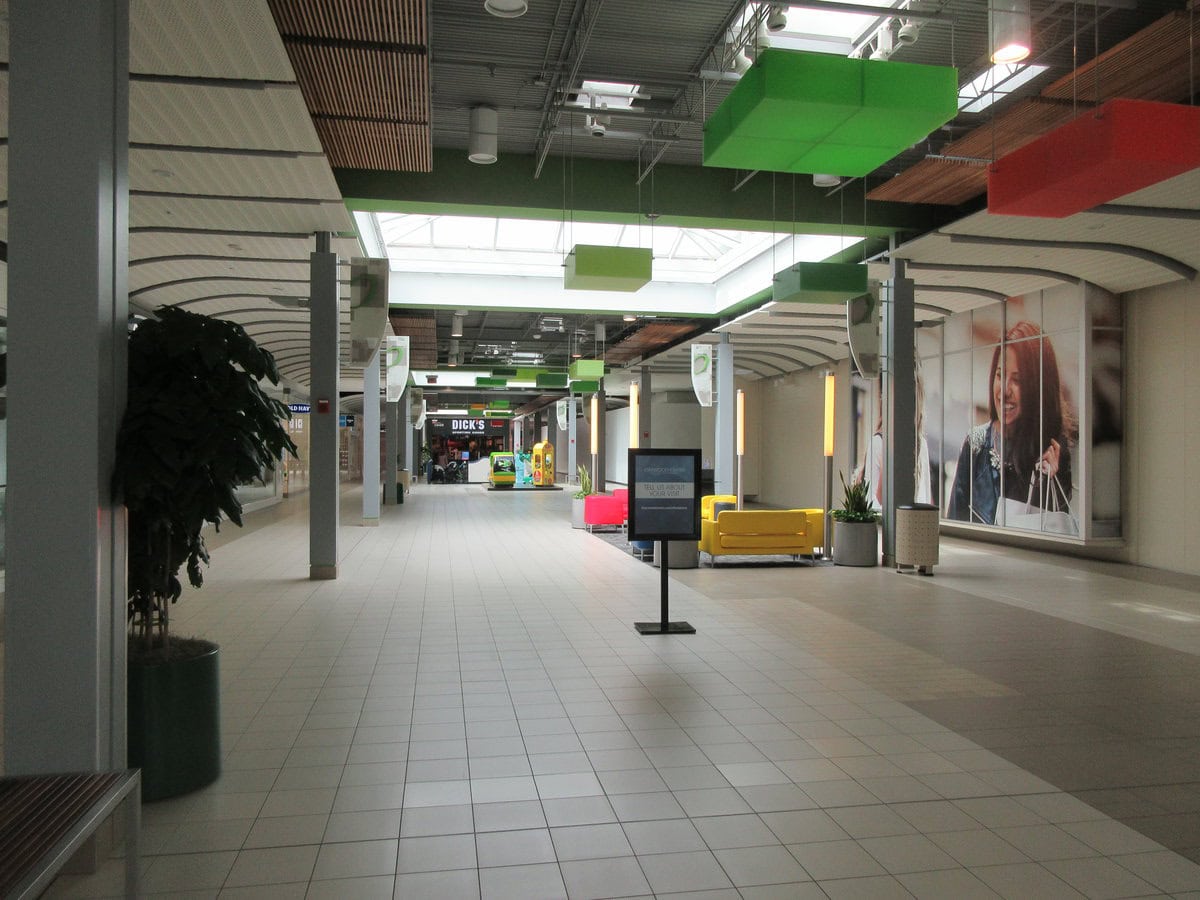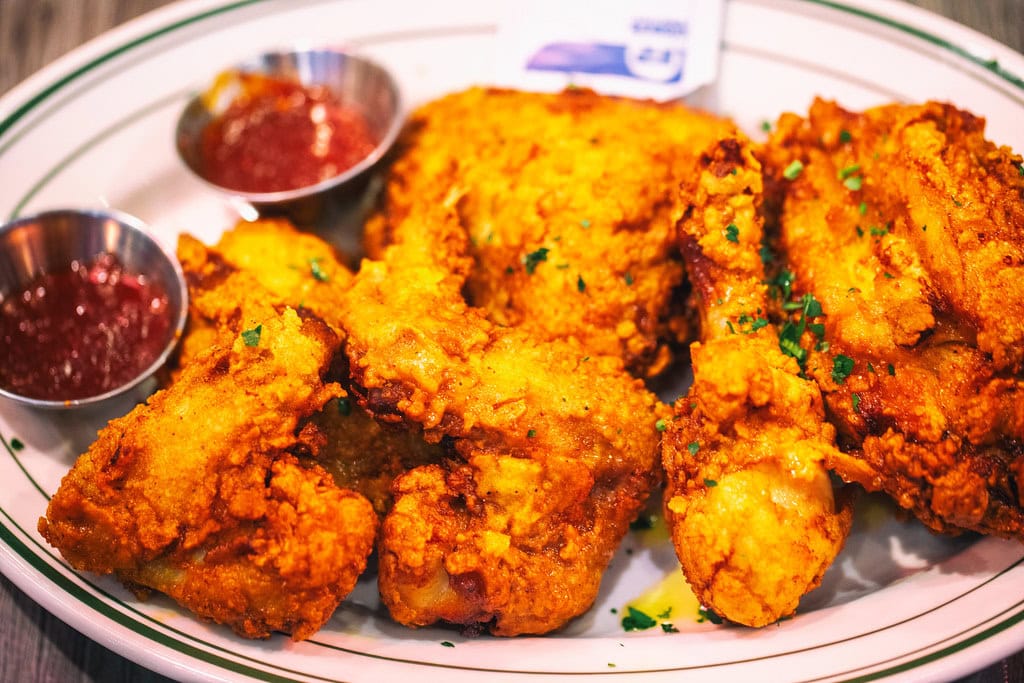Ghosts Grow Old Too
The Myrtles Plantation in St. Francisville, Louisiana, has been called many things over the years. Plantation home. Tourist draw. Historic relic. Haunted house.
But long before the brochures, before the ghost tours and murder lore, it was just Laurel Grove, built in 1796 by a man hiding out from a failed rebellion.
Some houses creak with age. This one does it with history.
If you're looking for things to do north of Baton Rouge, Louisiana, you might start here, not because of the stories, but because of what stayed behind.
Land, Labor, and Laurel Grove
The story begins in 1796, in what was then Spanish West Florida.
General David Bradford, a Pennsylvania lawyer turned fugitive from the Whiskey Rebellion, purchased 600 acres and named it Laurel Grove.
He arrived alone, leaving his wife and five children behind until President John Adams issued a pardon in 1799.
Only after that did Bradford bring his family down from Pennsylvania to join him at the new plantation.
The house he built on this land would become the Myrtles Plantation, but not in name or scope until much later.
Laurel Grove operated in the early 1800s using enslaved labor, as was common in the region.
Bradford died in 1808. His widow, Elizabeth, managed the property for nearly a decade, then passed it to her son-in-law, Clarke Woodruff, in 1817.
Woodruff had studied law under Bradford and married his daughter, Sara Mathilda.
Between 1823 and 1824, tragedy struck. Sara and two of her children died during a yellow fever outbreak.
Their third child, Mary Octavia, survived.
After Elizabeth Bradford died in 1831, Woodruff left the plantation, relocating to Covington with Mary Octavia.
In 1834, he sold the estate, including enslaved workers and the main house, to Ruffin Gray Stirling.
It was Stirling, along with his wife Mary Catherine Cobb, who gave the place a new identity.
The name shifted from Laurel Grove to The Myrtles, drawn from the crape myrtles growing nearby.
The house would double in size under their oversight. The transformation began.
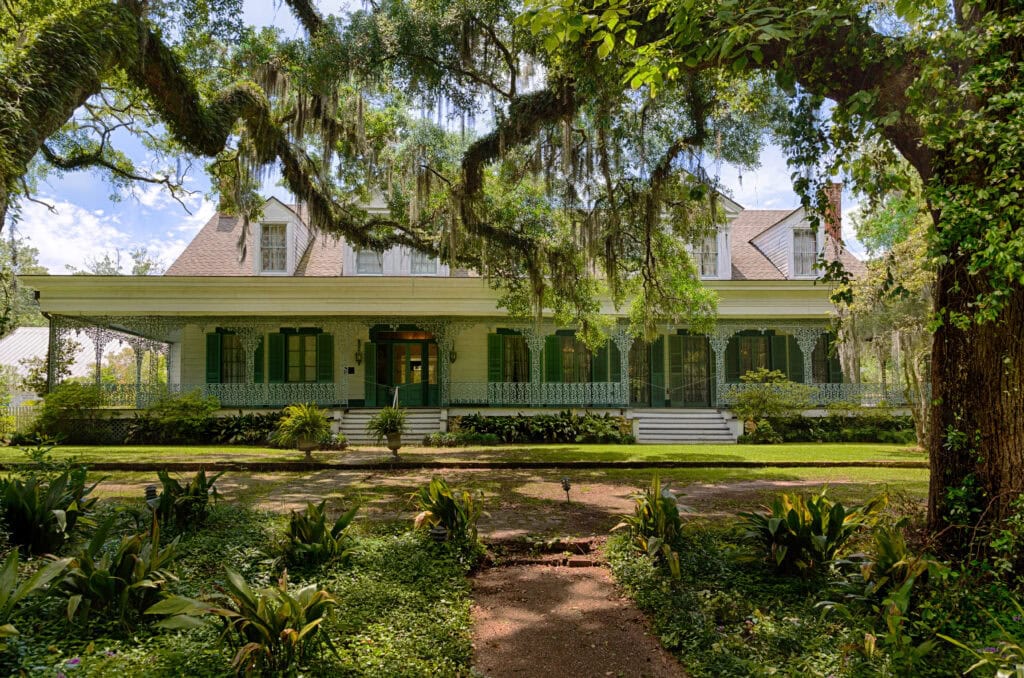
Expansion Plans and Architectural Retooling
By the 1850s, the house that David Bradford built was no longer enough.
Ruffin Gray Stirling and Mary Catherine Cobb expanded the original six-bay Creole cottage into something closer to a statement.
They pushed the house south, added three more bays, and introduced a double-door entrance framed by stained glass sidelights and a transom etched with a French cross, part ornament, part talisman.
The changes didn't stop at scale.
A 125-foot veranda ran the full length of the façade and wrapped the southern side, its cast-iron railing shaped like clustered grapes, more expressive than modest.
Above, the roofline carried six chimneys and five front-facing dormers, each capped with a pediment.
Matching dormers appeared at the back. Where the roof had to stretch, the dormers were duplicated exactly to keep the lines clean.
Inside, form gave way to flourish. Walls from the original plan came down.
New rooms took shape around social function: matching parlors, a formal dining room, and a game room.
Mantles were carved from Carrara marble, imported and heavy.
Ceiling medallions and cornices were cast from a mix of clay, moss, and cattle hair, regional material, precise work. None repeated the last.
Upstairs, five bedrooms were added, each with a private bath.
The largest, the Judge Clarke Woodruff Suite, could only be reached from the front hall staircase.
The others sat behind, accessible from a secondary stair and set higher off the floor to match ceiling levels between the old and new sections.
This small architectural workaround quietly marked the join.
Ownership Turnover and Mid-Century Maintenance
After the war, Myrtles Plantation changed hands more times than most houses survive. Stirling died in 1854.
His widow, Mary Cobb Stirling, kept the property through the lean years, hiring her son-in-law, William Drew Winter, as legal agent in 1865.
Winter and his wife, Sarah, had six children. One of them, a daughter named Kate, died young.
The family sold the plantation in 1868, bought it back in 1870, and by 1871, Winter was dead, shot on the front porch.
Some sources name E.S. Webber. Most accounts agree on the staircase: Winter staggered inside, made it up partway, and collapsed.
Sarah stayed until 1878. Her mother outlived her by two years.
In 1880, the estate went to Stephen Stirling. The debts that came with it proved too heavy.
He sold it in 1886 to Oran D. Brooks, who offloaded it again by 1889.
Harrison Milton Williams took over in 1891. Unlike those before him, he held on.
Into the early 20th century, the land was parceled out among his heirs.
The house stayed intact, but upkeep lagged. By the 1950s, Marjorie Munsons owned the building. Then came the shift.
In the 1970s, James and Frances Kermeen Myers bought the property and opened it as a bed and breakfast, a change in use that brought in overnight guests and daytime tours, and began the public's long look back.
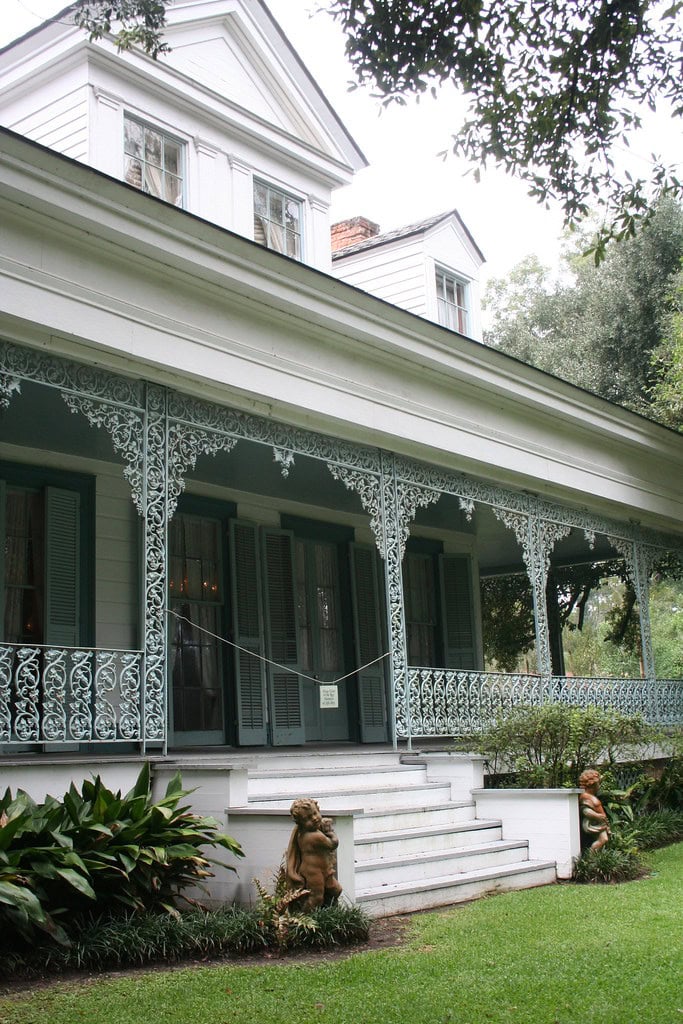
Commercial Haunting and the Business of Ghosts
The shift started quietly.
In 1948, Ghosts Along the Mississippi gave The Myrtles a place in print, one line in a book of moody photographs and spectral hints.
By 1960, a state-published guide mentioned the house was "reputed to have at least one ghost," which was vague enough to spread.
It didn't need documentation, only repetition.
By the 1980s, the tone changed. National Enquirer called it "America's Most Haunted House," and the label stuck.
From there, ghost tours became part of the business model.
Stories were streamlined, timelines bent, and characters locked into place.
Chloe, the alleged enslaved woman who poisoned the Woodruff family, became central, her story told night after night.
The deaths blamed on her were caused by yellow fever, and the cake story never appeared until long after the fact. But it sold.
Other stories layered in: a haunted mirror, a piano that played itself, footsteps on empty stairs.
Guides pointed to the staircase where William Winter collapsed in 1871 and gestured to the 17th step, even though no source ever said he died on it.
Tour groups didn't ask for footnotes, they wanted a ghost.
Television followed. Unsolved Mysteries was filmed here in 2002. Ghost Hunters aired an episode in 2005.
More shows came later, each repackaging the same tales with new lighting.
What had started as a plantation home became a haunted brand, the ghosts, real or not, earned their keep.
Tourism Model and Operating Structures
By the time the Moss family took over, The Myrtles were no longer a private residence.
It functioned as a business, part lodging, part performance.
The house stayed open for tours and overnight stays, each framed by what the hour demanded.
Daylight brought talk of Creole architecture, stained glass, and the 1850s remodel.
After dark, the stories changed tone. The grounds had grown.
The General's Store, once David Bradford's temporary home, now handled multiple roles, gift shop, breakfast area, staff office, laundry.
A second building housed Restaurant 1796. Between them stretched a 5,000-square-foot brick courtyard that joined the outbuildings to the main house.
Further out, a pond circled a small island with a gazebo, reachable by a bridge.
Nearby cottages gave overnight guests more privacy than the main house could offer.
In 2014, a fire hit the General's Store. It tore through an addition built in 2008, missing the original structure by less than a dozen feet.
The house itself stayed untouched. Repairs followed fast, and operations resumed with little interruption.
Ownership stabilized under John and Teeta Moss. They leaned into what the property had become.
Booking systems, tour packages, a restaurant brand tied to the construction date, each piece aligned with the version of The Myrtles that worked best as a business.
Fact and folklore both had roles to play. The house didn't try to choose. It gave people the architecture by day and the ghosts by night.
And both kept the doors open.
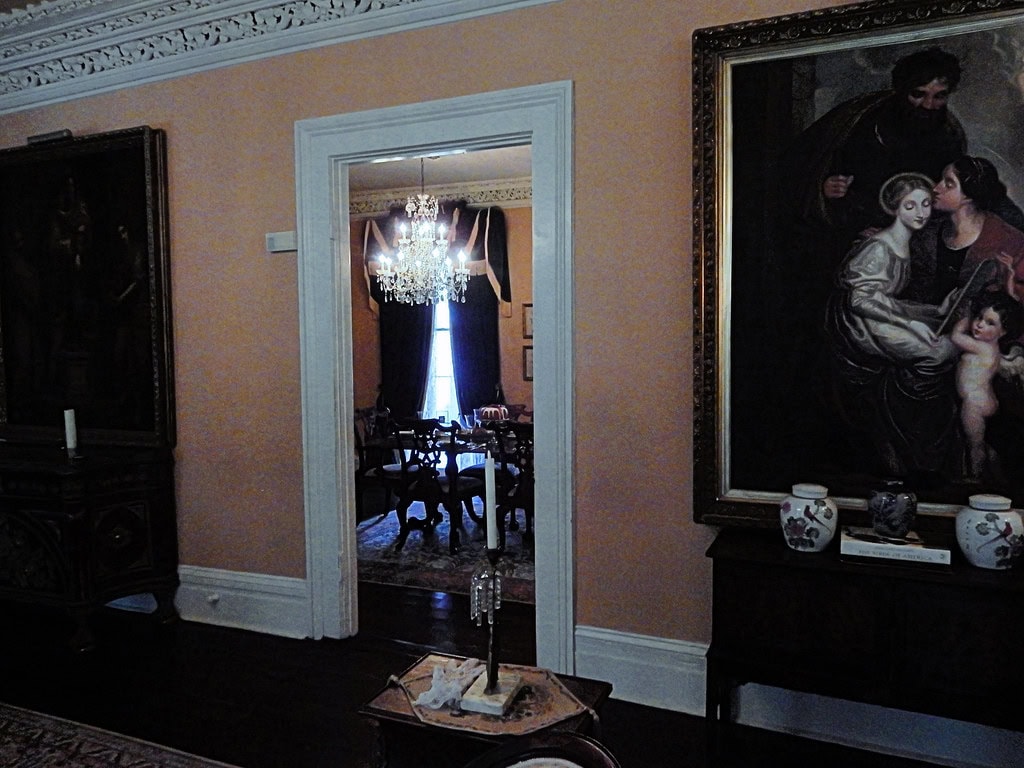
🍀

